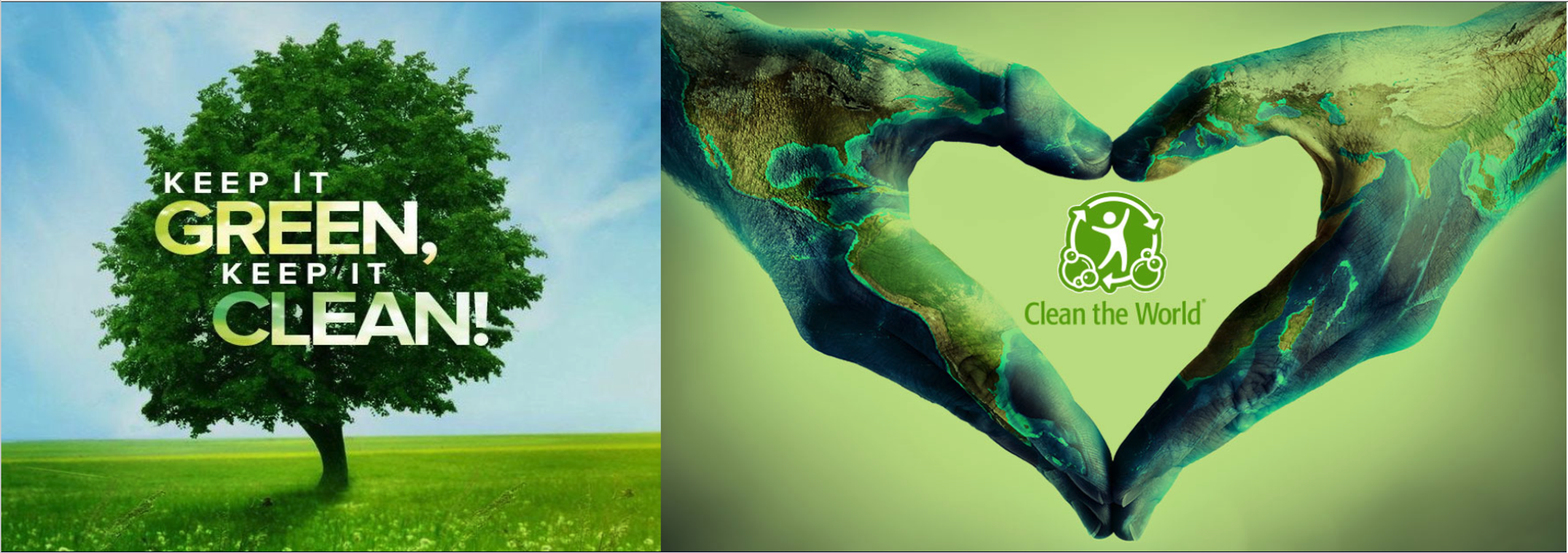The Green Page:

Captura Facility Could Remove Gigatons Of Carbon Dioxide From The Ocean:
newatlas.com/technology/captura-carbon-dioxide-ocean
By Bridget Borgobello
Rendering of a large-scale Captura facility that captures carbon dioxide from ocean water.
Captura Corporation, a California Institute of Technology spinoff, has developed a revolutionary plan to remove carbon emissions by creating an aquatic purification facility in the middle of the sea. The company intends to extract carbon dioxide from ocean water and release the purified water back into the ocean, using only renewable electricity and ocean water as inputs to minimize the environmental impact.
The carbon clean-up will be achieved through the company's patented electrodialysis process, Direct Ocean Capture (DOC). DOC generates a stream of pure CO2 that can be sequestered or reused to produce other low-carbon materials or products to mitigate the adverse effects of climate change. The company aims to achieve large-scale carbon removal at a lower cost than existing methods.
The Caltech-developed DOC technology can reportedly extract gigatons of carbon from the ocean. The process begins by bringing a filtered stream of ocean water into the facility, where the electrodialysis technology creates acid.
This acid is added to the ocean water, triggering a chemical reaction that extracts CO2. The process is accelerated using a gas-liquid contactor and vacuum pump, producing a purified stream of carbon dioxide that can be reused or sequestered.
Infographic of Captura's Direct Ocean Capture technology.
"Less than 1% of this water is diverted and pre-processed to purify the ocean water into pure salt water," says Captura. "This salt water is then processed in Captura’s proprietary electrodialysis technology. Electrodialysis uses renewable electricity through dissociation to split the salt and water into an acid and an alkali base."
The process of neutralizing ocean water flow is done by adding an alkaline base. This helps absorb atmospheric carbon dioxide, after which the decarbonized water is returned to the ocean. According to Captura, this water can then react with the atmosphere to draw down an equivalent quantity of CO2. After being filtered, seawater has the remarkable capacity to reabsorb the same amount of CO2 from the atmosphere that was initially removed. This unique capability makes it an effective tool for mitigating the effects of climate change.
"This decarbonized water then sits in the top layer of the ocean and will then react with the atmosphere to draw down an equivalent quantity of CO2," states Captura.
In 2022, Captura set up its first ocean-based pilot facility as a stand-alone unit in Newport Beach, California. The company used a continuous flow of ocean water to measure system performance and make necessary improvements.
Captura's 100-ton Direct Ocean Capture pilot system in the lab at Pasadena.
Following the success of the pilot trials, Captura (in collaboration with AltaSea at the Port of Los Angeles) plans to set up its second direct ocean capture system that can cleanse 100 tons (90.7 tonnes) of carbon dioxide from the ocean each year. Captura will conduct ocean modelling and technology development to validate further, scale, and enhance its innovative processes to advance the technology.
"Captura’s technology is progressing rapidly through our piloting program towards large-scale commercial deployment," said Captura CEO Steve Oldham. "Now, our work with AltaSea means we can further accelerate our technology and monitor how our system interacts with the ocean, and we couldn’t think of a better partner to help us take our progress to the next level. Alongside the support from SoCalGas, this is a great example of California companies working together to take a leading role in the fight against climate change."



